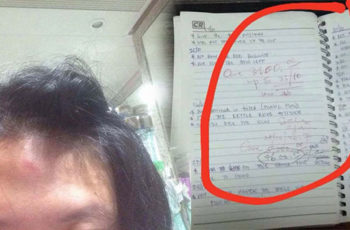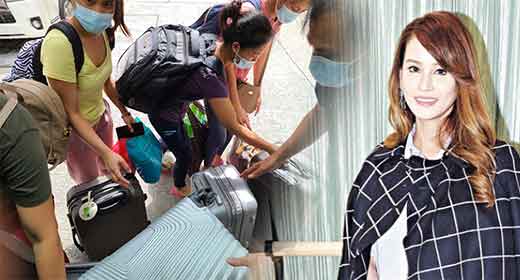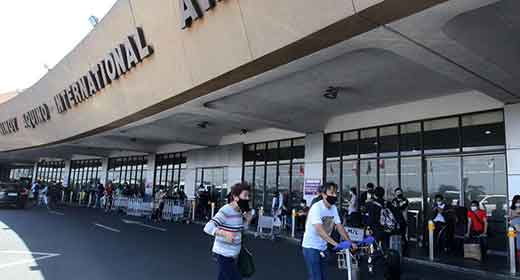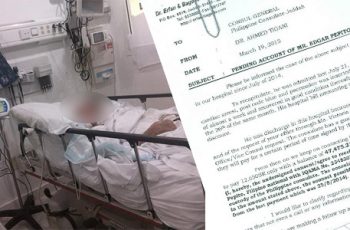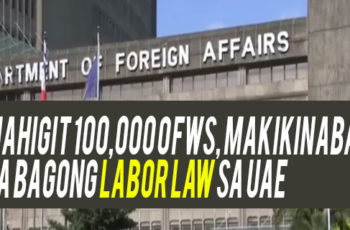In addition to digitizing all OFW processes, Ople confirmed that the DMW has partnered with the law-enforcement agencies to tackle human traffickers considering the new trend of illegal recruitment done mostly on social media. More importantly, human trafficers use more than one country when they transport their victims, making it so much harder to track each one of them.
According to Ople, the Department of Migrant Workers (DMW) their establishment is on track to digitalize all the processes that OFWs had to go through so they won’t end up lining repeatedly to process their requests.
According to Secretary Ople, the DMW was created as “the primary agency tasked with protecting the rights and promoting the welfare of overseas Filipino workers.” She updated lawmakers during a hybrid organizational meeting of the Senate Committee on Migrant Workers on its creation and proposed legislative agenda.
Meanwhile, Senator Raffy Tulfo, who presided over Wednesday’s hearing, sought assurances from the Department of Labor and Employment (DOLE) that distressed OFWs in shelters abroad would receive aid.
Under Republic Act 11641, the new department was established in the 18th Congress and came into effect on February 3, 2022.
In her initial presentation, Secretary Ople sought senators’ support for digitizing all processes as the “most urgent priority” of her department. According to the POEA, after labor attachés validate migrant workers’ documents, their role is reduced to “just ministerial.”
She added: “Our mandate is to really reach out to OFWs as the primary agency tasked to protect them.”
Aside from digitizing all OFW processes, Ople said the DMW is also collaborating with law enforcement agencies to track human traffickers, given the increasing use of social media to recruit OFWs. Furthermore, traffickers are increasingly transiting their potential workers through several countries, making tracking harder.

